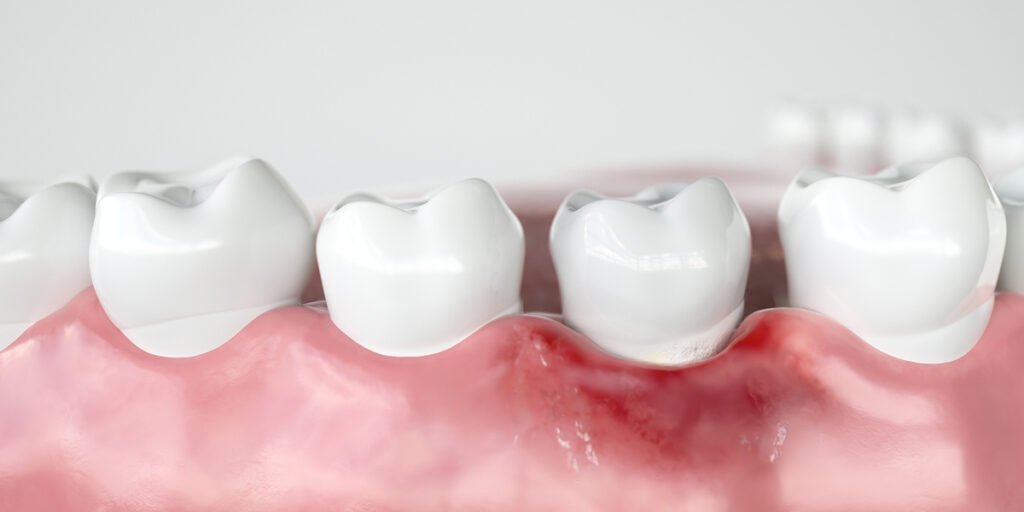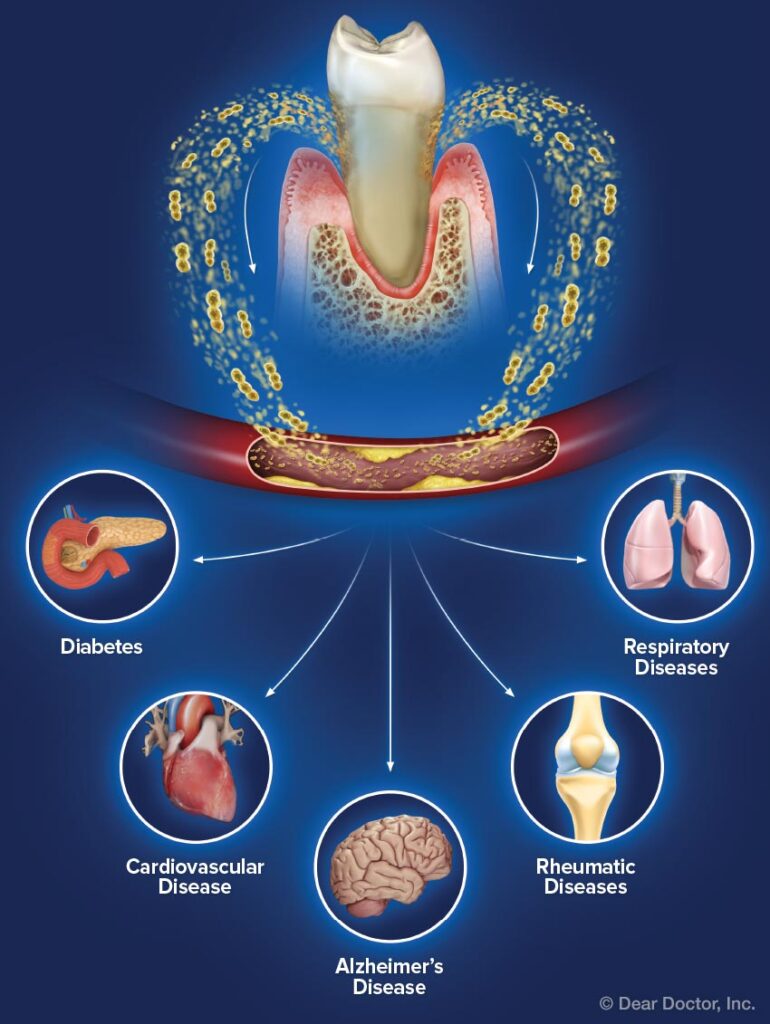
Welcome to our dental blog, where we’re dedicated to empowering you with the knowledge and tools to achieve optimal oral health. In today’s post, we’re diving into the topic of gingivitis – a common yet often overlooked condition that can have serious implications for your oral health if left untreated. Let’s explore what gingivitis is, its causes, symptoms, and most importantly, how you can prevent it to maintain a healthy smile for years to come.
What is Gingivitis?
Gingivitis is the early stage of gum disease, characterized by inflammation of the gums (gingiva) caused by the buildup of plaque – a sticky film of bacteria that forms on the teeth. If not removed through proper oral hygiene practices, plaque can irritate the gums, leading to redness, swelling, and tenderness.
Causes of Gingivitis:
The primary cause of gingivitis is poor oral hygiene, which allows plaque to accumulate along the gumline and between teeth. Other factors that can contribute to gingivitis include:
- Smoking and Tobacco Use: Tobacco use weakens the immune system and makes it harder for the gums to fight off infection, increasing the risk of gum disease, including gingivitis.
- Poor Nutrition: A diet high in sugar and carbohydrates can fuel the growth of bacteria in the mouth, leading to plaque buildup and gingivitis.
- Certain Medications: Some medications, such as antihypertensives and anticonvulsants, can cause dry mouth, reducing saliva production and increasing the risk of gum disease.
- Hormonal Changes: Hormonal fluctuations during puberty, pregnancy, and menopause can make the gums more susceptible to inflammation and gingivitis.
Signs and Symptoms of Gingivitis:
- Red, swollen, or tender gums
- Bleeding gums, especially during brushing or flossing
- Receding gums or changes in gum shape
- Persistent bad breath
- Formation of pockets between the teeth and gums
Preventing Gingivitis:
The good news is that gingivitis is preventable with proper oral hygiene and regular dental care. Here are some essential tips for preventing gingivitis:
- Brush and Floss Daily: Brush your teeth at least twice a day and floss once a day to remove plaque and food particles from between teeth and along the gumline.
- Use Antiseptic Mouthwash: Rinse with an antiseptic mouthwash to help reduce plaque and bacteria in areas of the mouth that are difficult to reach with brushing and flossing.
- Maintain a Healthy Diet: Eat a balanced diet rich in fruits, vegetables, lean proteins, and whole grains, and limit sugary snacks and beverages that can contribute to plaque buildup.
- Quit Smoking: If you smoke or use tobacco products, quit to reduce your risk of gum disease, and improve your overall health.
- Visit Your Dentist Regularly: Schedule regular dental check-ups and cleanings to detect and treat gingivitis early before it progresses to more serious forms of gum disease.
By taking proactive steps to maintain good oral hygiene and seek professional dental care when needed, you can prevent gingivitis and enjoy a lifetime of healthy smiles. If you have any concerns about your gum health or need guidance on preventing gingivitis, don’t hesitate to reach out to our dental team. We’re here to support you on your journey to optimal oral health and well-being.

